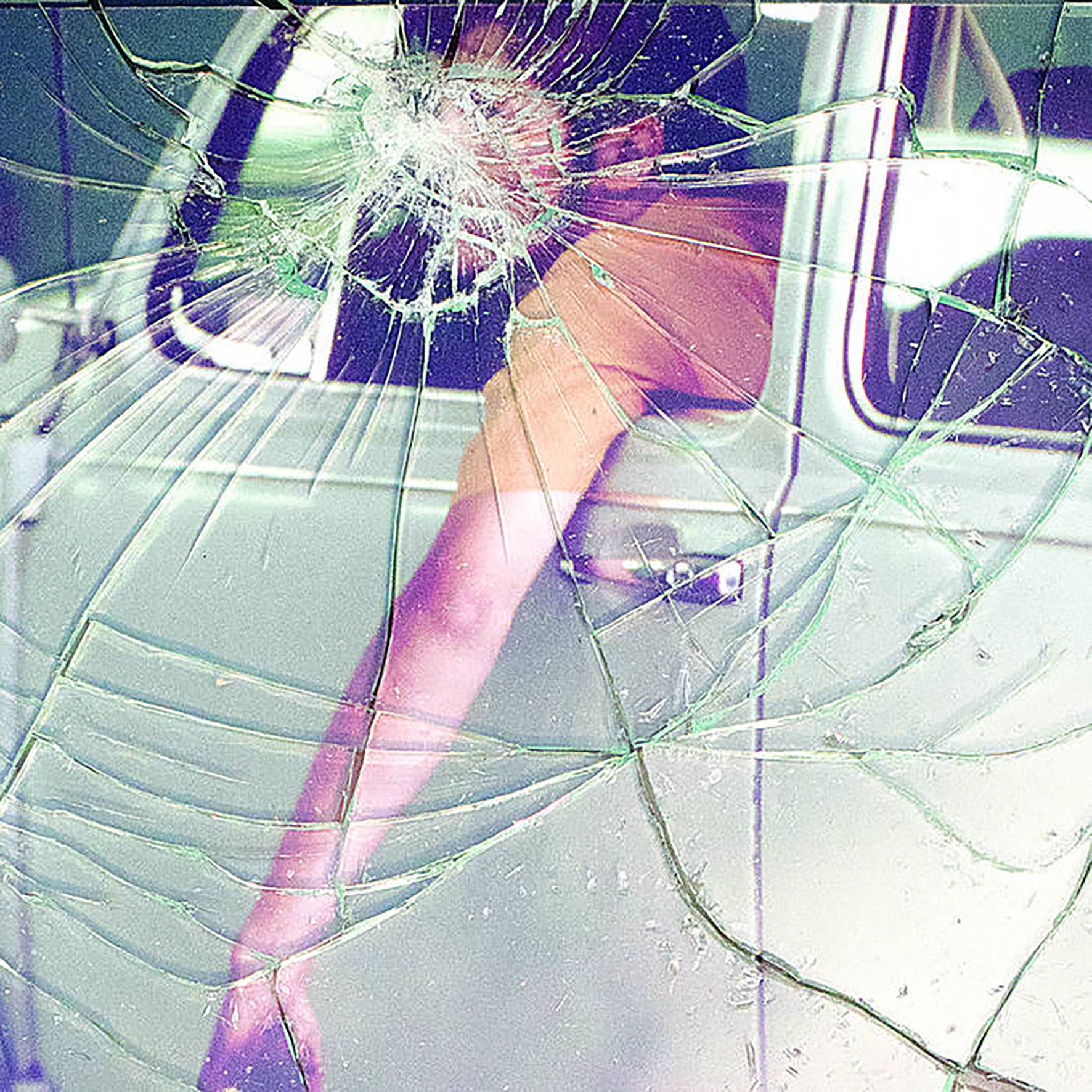
This is the first album that drummer John Colpitts has released under his own name, but he has been a familiar and almost ubiquitous figure in underground music for years through Oneida, his various collaborations, and his solo work as Kid Millions and Man Forever. Unsurprisingly, the new name signals a new direction for Colpitts, though the circumstances that inspired his stylistic shift were not exactly pleasant ones, as the album title is a literal one: this is music Colpitts composed in the aftermath of a car accident that "severely injured his back and left him unable to work or perform for months." Necessity being the mother of invention, Colpitts enlisted Greg Fox to assist him in "transposing his rhythmic ingenuity to other instruments." In more concrete terms, that means that Music from the Accident is primarily a (modular) synth album, but Colpitts' imperiled ingenuity comes through admirably well, as this is a synth album like no other and it is a good one too. Moreover, the three compositions mirror the stages of Colpitt's recovery, "shifting from stasis to toddling and finally transcendence." My favorite stage is apparently "toddling," as the stumbling, off-kilter return of Colpitts' drumming on "Up and Down" is the highlight of the album for me.
The opening "Bread" is the most synth-centric of the album's three pieces, as Colpitts weaves a meditative state of suspended animation from organ-like drones and stammering, oddly timed chords. Initially, it feels like a jazzier, organ-driven homage to classic glitch-inspired laptop music à la Oval and Fennesz, but it soon becomes fleshed out by other elements (panning drones, intensifying low-end heft, additional layers of slippery, elusive synth melody) en route to a blooping kosmische soundbath of stuttering, interwoven synth fragments. The following "Up and Down" began life as "series of complex interlocking rhythms" that Colpitts tried to drum along with, but he ultimately removed the "labyrinth of overlapping meters" to leave only his wonderfully bizarre live drumming. There is also some spacey and minimal synth accompaniment, which makes the whole thing feel like a willfully naive, outsider art deconstruction of Bitches Brew-style fusion. I wish it were a bit longer (its the shortest piece on the album), but "leave 'em wanting more" is always a better approach than "flog a good idea to death" or "overstay your welcome," so I cannot complain. Colpitts does, however, allow the closing "Recovery" to deservedly stretch out for an epic sixteen-minute run. It is yet another surprising piece on an album full of surprises, as guest Jessica Pavone unleashes a feral-sounding squall of "microtonal viola runs" to steer the album into territory akin to Spires That in the Sunset Rise teaming up with a killer drummer like Chris Corsano (or John Colpitts) for a volcanic set of drone-heavy free folk. Of the three pieces, "Recovery" is the most substantial and cathartic, but the entire album is packed wall-to-wall with enough interesting ideas and virtuosic execution to feel like a revelation and a significant creative breakthrough (quite a rare feat for any artist already a decade deep into a solo career).
Samples can be found here.


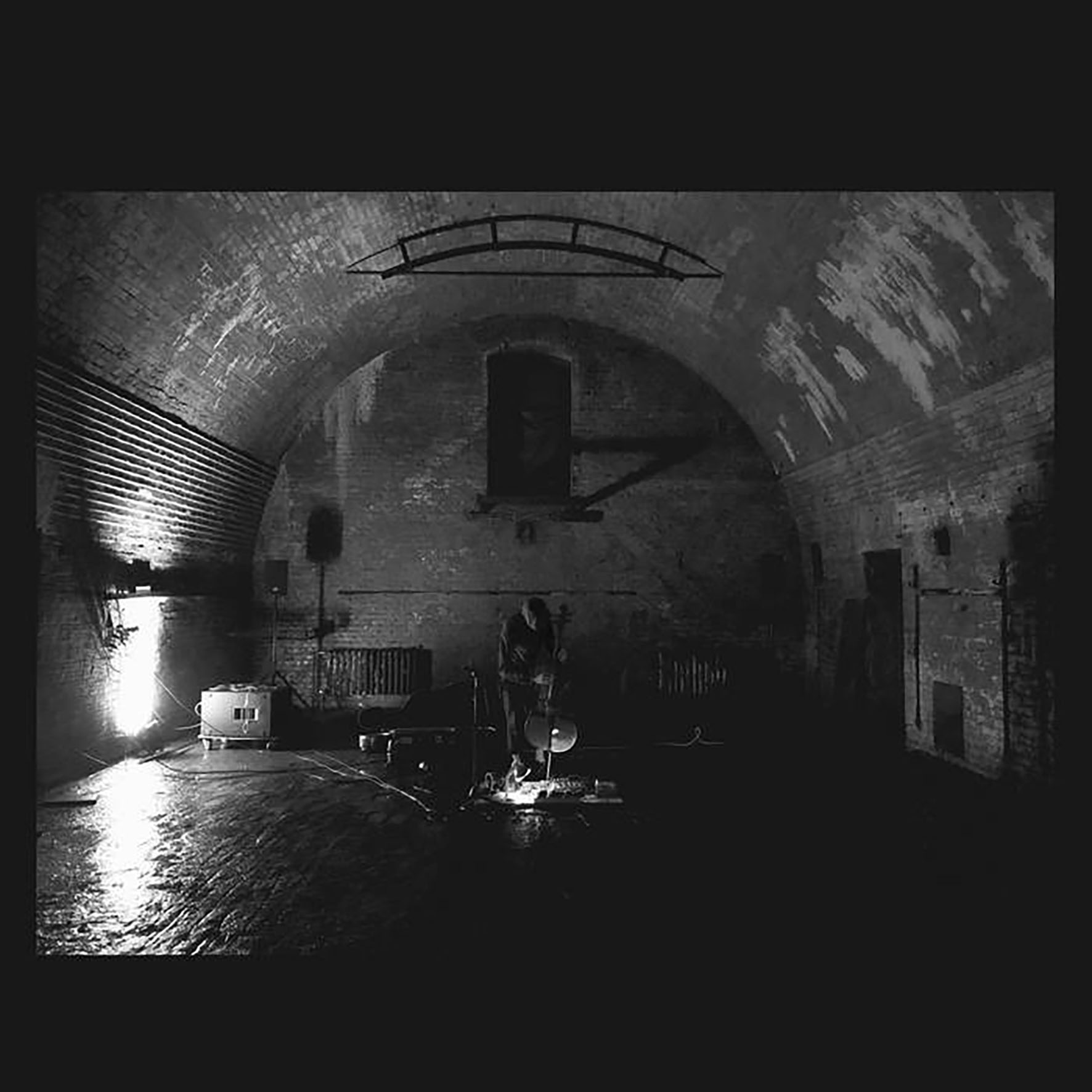 This latest release from Erik K. Skodvin's long-running solo project is billed as "zen music for disturbed souls."
This latest release from Erik K. Skodvin's long-running solo project is billed as "zen music for disturbed souls."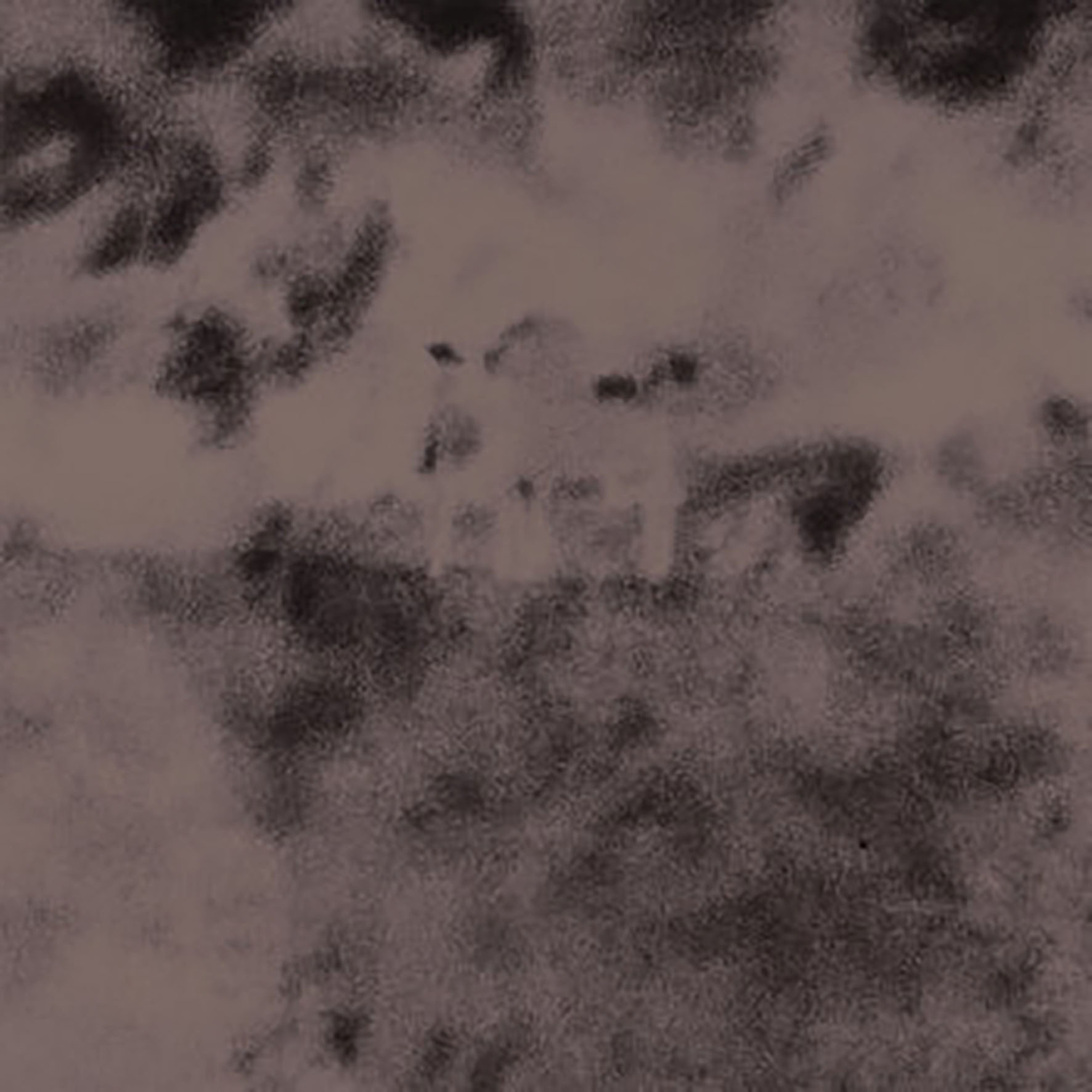
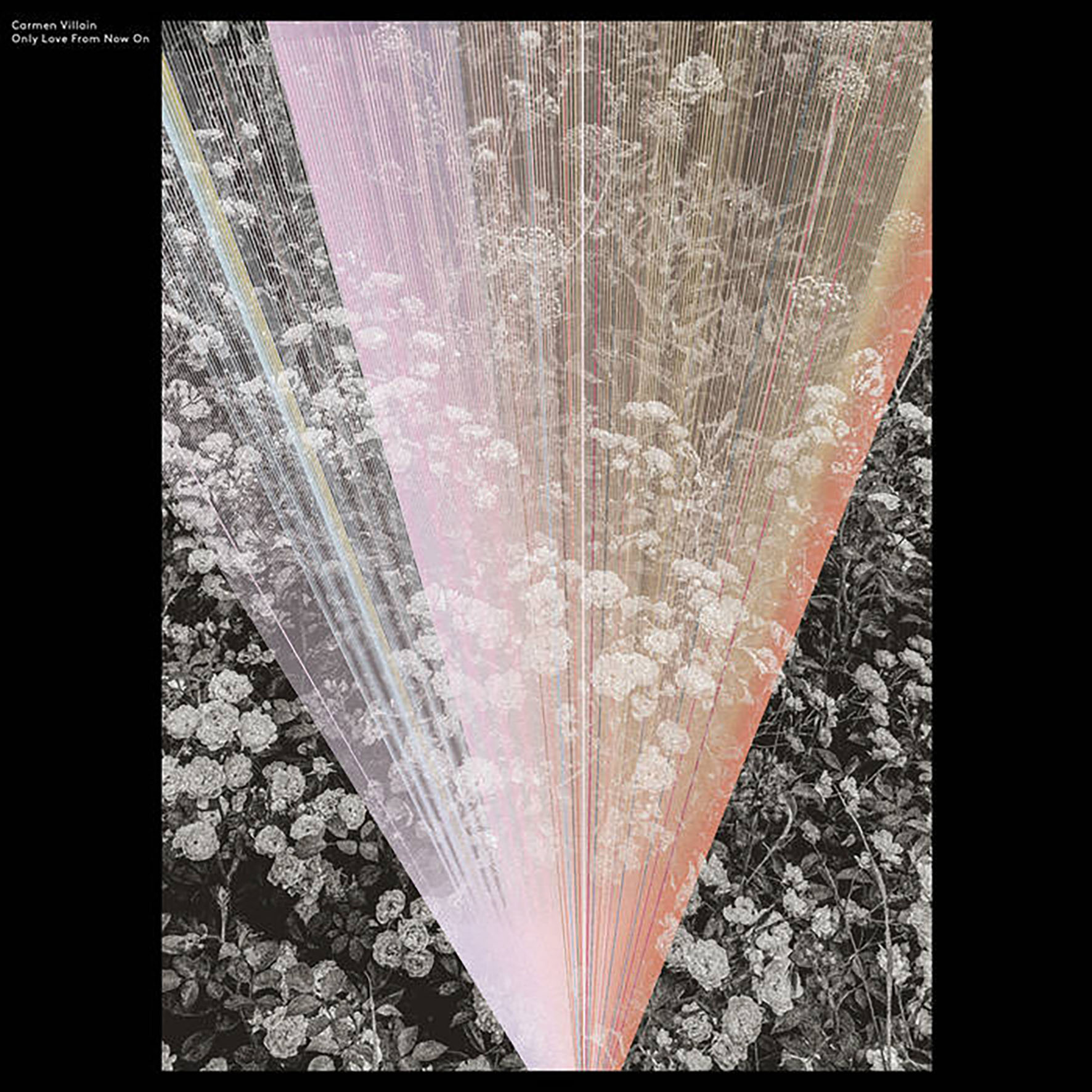

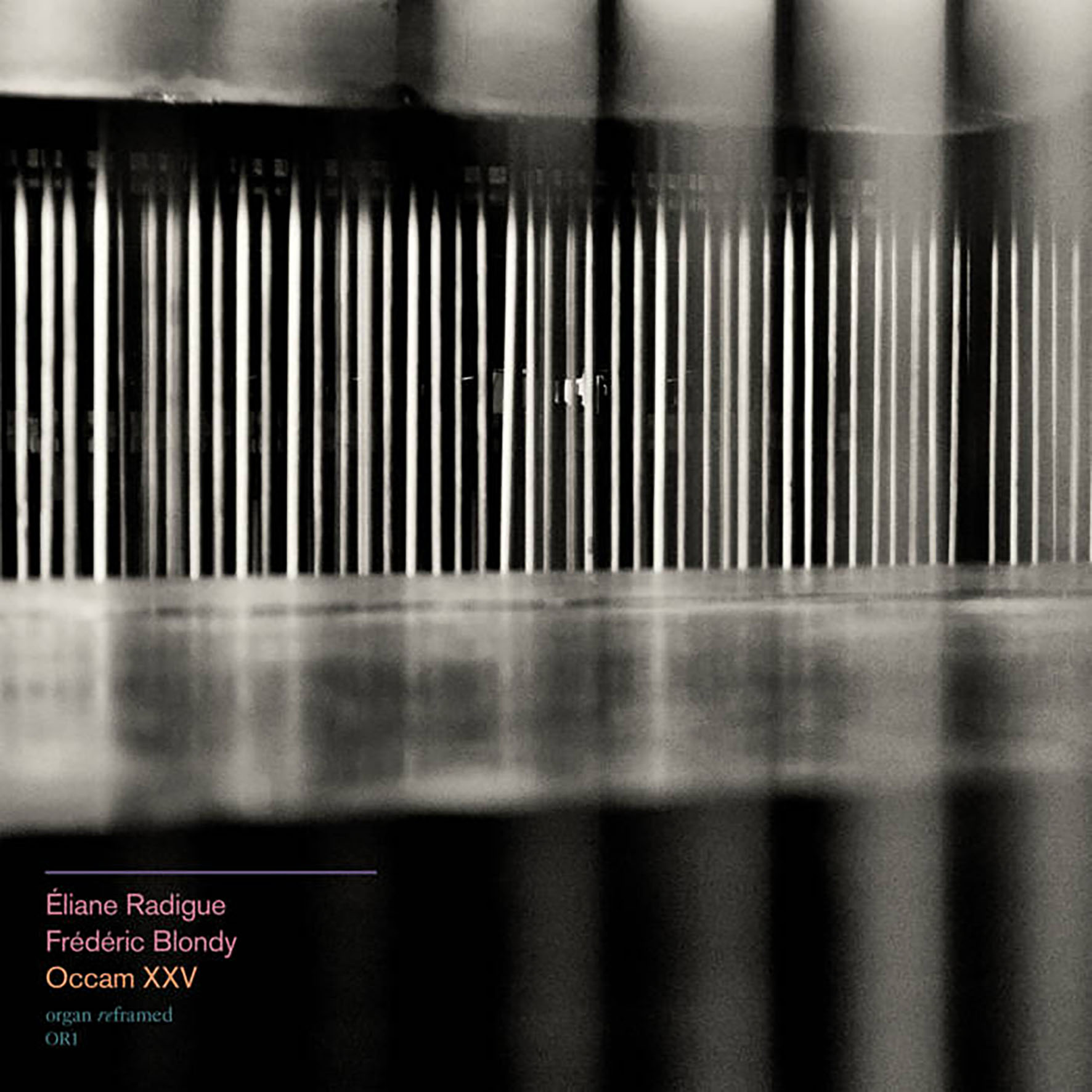
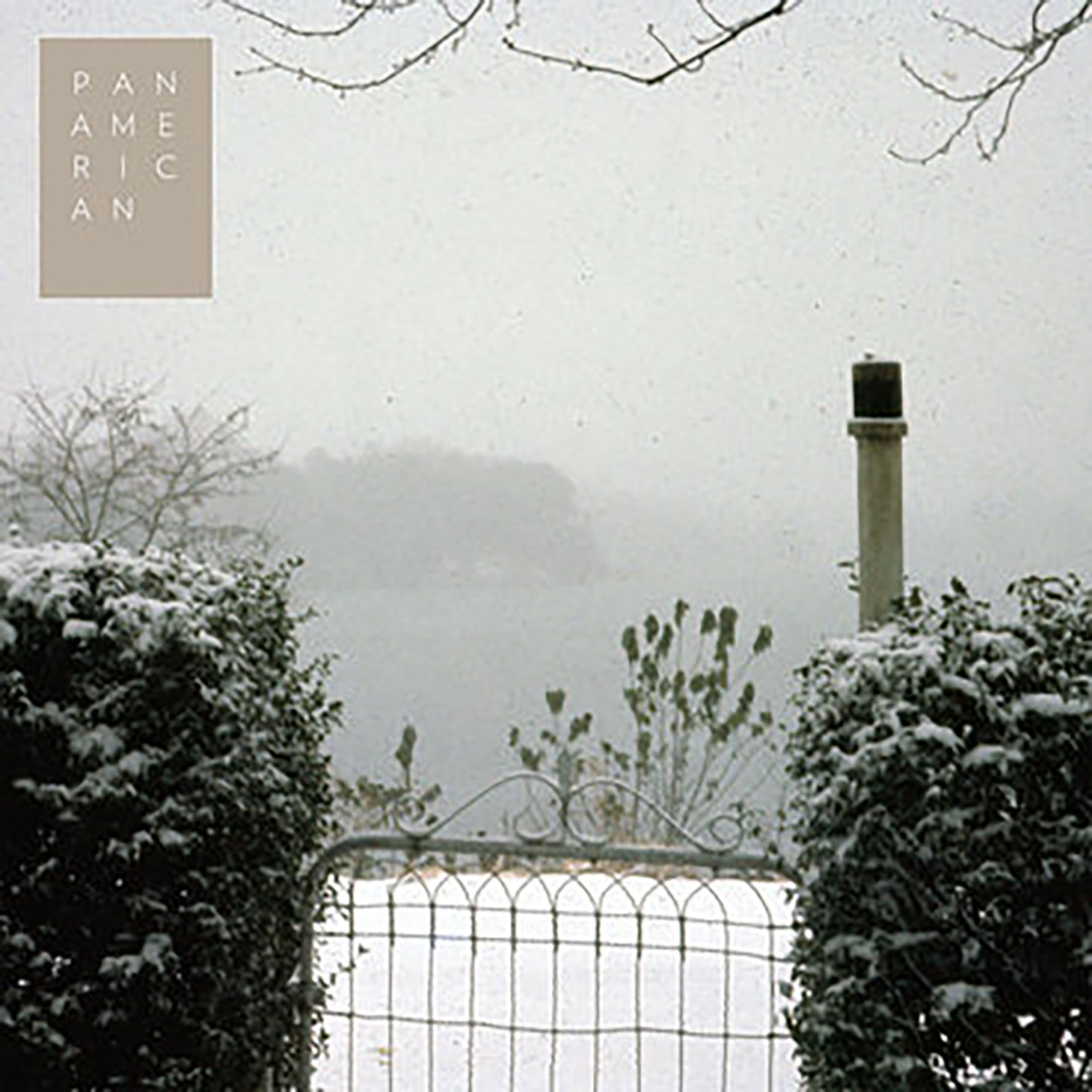 This latest full-length from Mark Nelson's long-running and unpredictably shapeshifting project is a collection of understated, near-ambient solo guitar instrumentals that Kranky describes as the culminating release of the composer's "romantic minimalism" side. It certainly is a languorously meditative and unrepentantly lowercase suite of songs, blurring the lines between an "ageless, scarred" Americana and dreamlike ambient drift. Significantly, the album was recorded during the first summer of the pandemic, as Nelson views these songs as a sort of "'lighthouse music,'" radiance cast from a stable vantage point, sending 'a signal to help others through rocks and dangerous currents.'" Given its gently minimal, near-ambient "lone guitar in the fog" aesthetic, The Patience Fader is likely to be something of a polarizing release: it falls dangerously close to calming Windham Hill-style prettiness a couple of times, but it can also feel incredibly poignant and sublime if one chooses to listen deeply enough. While it feels weird to describe music this quiet and slow-moving as "a bold move," it is exactly that. It would have been much easier for Nelson to revisit familiar, more fan-friendly territory than to attempt to convey something profound and ineffable while blearily hovering at the edge of perception like a ghost.
This latest full-length from Mark Nelson's long-running and unpredictably shapeshifting project is a collection of understated, near-ambient solo guitar instrumentals that Kranky describes as the culminating release of the composer's "romantic minimalism" side. It certainly is a languorously meditative and unrepentantly lowercase suite of songs, blurring the lines between an "ageless, scarred" Americana and dreamlike ambient drift. Significantly, the album was recorded during the first summer of the pandemic, as Nelson views these songs as a sort of "'lighthouse music,'" radiance cast from a stable vantage point, sending 'a signal to help others through rocks and dangerous currents.'" Given its gently minimal, near-ambient "lone guitar in the fog" aesthetic, The Patience Fader is likely to be something of a polarizing release: it falls dangerously close to calming Windham Hill-style prettiness a couple of times, but it can also feel incredibly poignant and sublime if one chooses to listen deeply enough. While it feels weird to describe music this quiet and slow-moving as "a bold move," it is exactly that. It would have been much easier for Nelson to revisit familiar, more fan-friendly territory than to attempt to convey something profound and ineffable while blearily hovering at the edge of perception like a ghost. An ear-opening collection of radio broadcasts, live performance recordings, and sketched works in progress from a prolific period in the life of this highly distinctive American composer. In the 1950s, Hovhaness was composing around 12 major works a year, in addition to extensive traveling for research and teaching. He may well have suffered from hypergraphia - an overwhelming urge to be constantly creating - and it is a wonder he found time to be married six times.
An ear-opening collection of radio broadcasts, live performance recordings, and sketched works in progress from a prolific period in the life of this highly distinctive American composer. In the 1950s, Hovhaness was composing around 12 major works a year, in addition to extensive traveling for research and teaching. He may well have suffered from hypergraphia - an overwhelming urge to be constantly creating - and it is a wonder he found time to be married six times.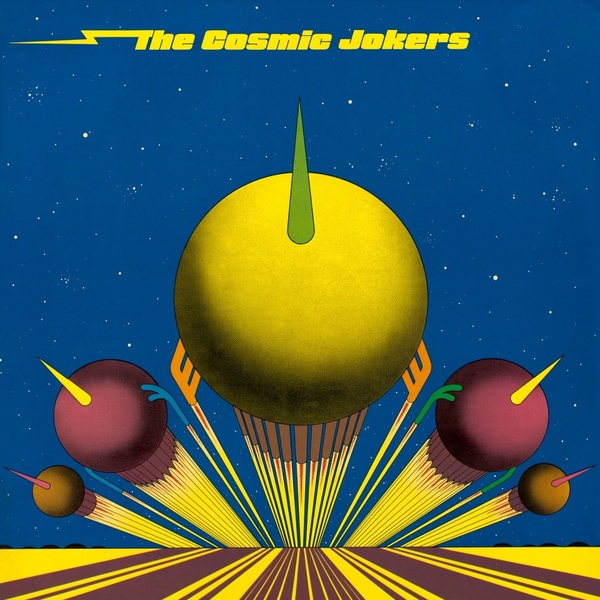 Over a series of acid-fueled all-night jam parties at Dierks Studio in 1973, Die Kosmischen Kuriere ("Cosmic Couriers") label musicians Klaus Schulze (Tangerine Dream), Harald Grosskopf and Jürgen Dollase (both of Wallenstein), Manuel Göttsching (Ash Ra Tempel), and Dieter Dierks assembled. The result spawned a cosmic barrage of stream-of-consciousness experimentation with immersive sound loops and kinetic rhythms, awash in interstellar guitar sorcery and sound effects. Unbeknownst to the musicians involved, this magic was captured on tape by label head Rolf-Ulrich Kaiser and Gille Lettmann. When a mysterious group called The Cosmic Jokers appeared on the label the following year, the affected musicians took legal action, dissolving the contracts effectively ending the label. Thankfully, the magic was committed to immortality and now exists in its space rock glory. With original vinyl pressings going for hundreds of dollars, this latest reissue -- fully licensed and remastered from the original analog master tapes at the original recording studio -- puts this essential listening in the hands of more listeners.
Over a series of acid-fueled all-night jam parties at Dierks Studio in 1973, Die Kosmischen Kuriere ("Cosmic Couriers") label musicians Klaus Schulze (Tangerine Dream), Harald Grosskopf and Jürgen Dollase (both of Wallenstein), Manuel Göttsching (Ash Ra Tempel), and Dieter Dierks assembled. The result spawned a cosmic barrage of stream-of-consciousness experimentation with immersive sound loops and kinetic rhythms, awash in interstellar guitar sorcery and sound effects. Unbeknownst to the musicians involved, this magic was captured on tape by label head Rolf-Ulrich Kaiser and Gille Lettmann. When a mysterious group called The Cosmic Jokers appeared on the label the following year, the affected musicians took legal action, dissolving the contracts effectively ending the label. Thankfully, the magic was committed to immortality and now exists in its space rock glory. With original vinyl pressings going for hundreds of dollars, this latest reissue -- fully licensed and remastered from the original analog master tapes at the original recording studio -- puts this essential listening in the hands of more listeners.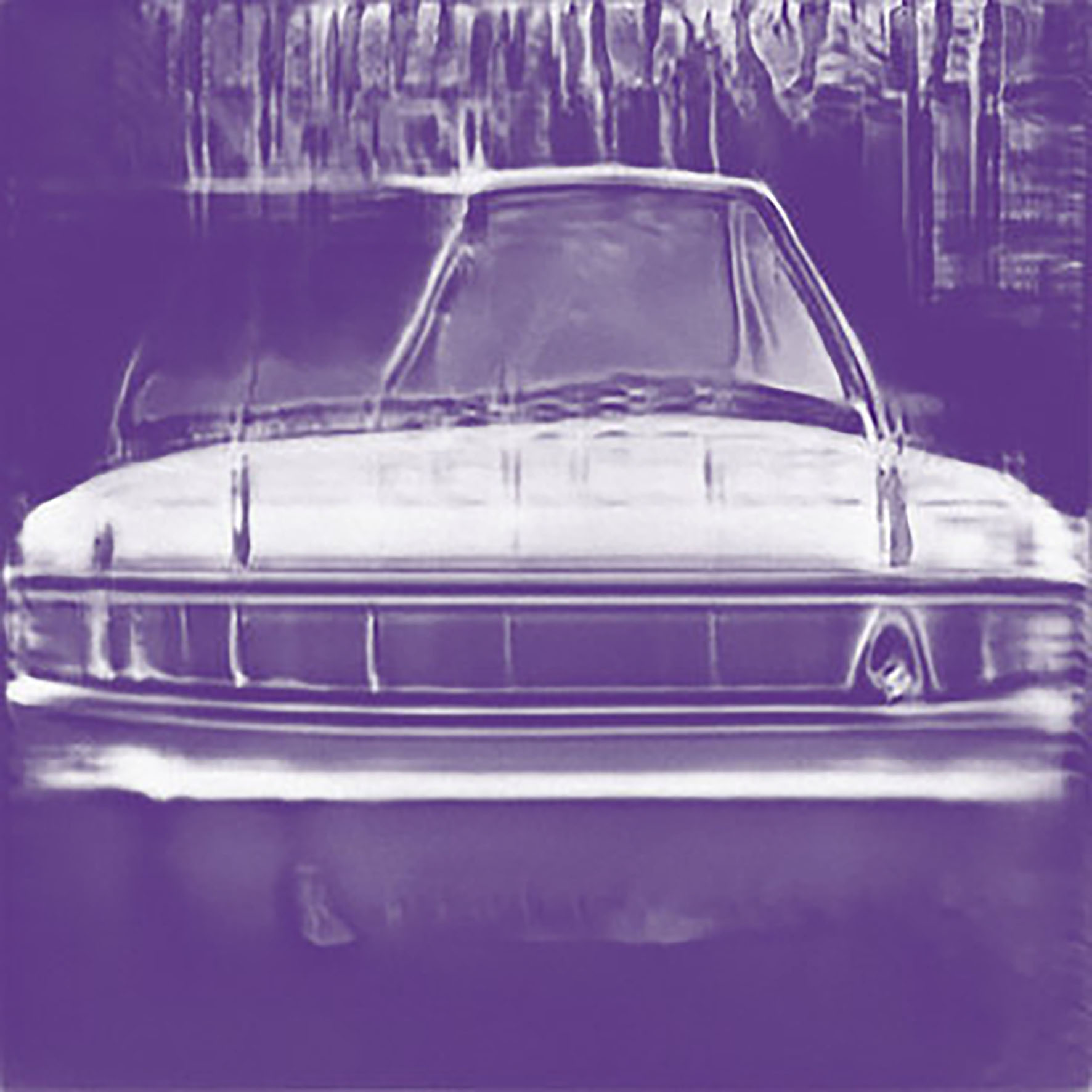 It is not quite accurate to say that Saint Abdullah completely reinvent their sound with each new album, but is fair to say that Mehdi and Mohammad Mehrabani-Yeganeh are far more interested to exploring meaningful new territory than with building upon their past successes. While that is certainly an admirable trait, it can also be a frustrating one, as I know Saint Abdullah will probably never fully return to the more industrial-indebted aesthetic of their earlier albums (which I love). On the bright side, that also means that every new Saint Abdullah album has the potential to blindside me with a bold leap forward into previously uncharted creative territory. In that regard, Inshallahlaland falls a bit short of being a particularly revelatory album as a whole, yet it does explore some characteristically intriguing and thoughtful themes and features quite a fascinating longform piece ("Glamour Factory"). For me, the appeal of Inshallahlaland begins and ends there, but that one excellent 20-minute sound collage is enough to make the album a significant release that fans will not want to pass over.
It is not quite accurate to say that Saint Abdullah completely reinvent their sound with each new album, but is fair to say that Mehdi and Mohammad Mehrabani-Yeganeh are far more interested to exploring meaningful new territory than with building upon their past successes. While that is certainly an admirable trait, it can also be a frustrating one, as I know Saint Abdullah will probably never fully return to the more industrial-indebted aesthetic of their earlier albums (which I love). On the bright side, that also means that every new Saint Abdullah album has the potential to blindside me with a bold leap forward into previously uncharted creative territory. In that regard, Inshallahlaland falls a bit short of being a particularly revelatory album as a whole, yet it does explore some characteristically intriguing and thoughtful themes and features quite a fascinating longform piece ("Glamour Factory"). For me, the appeal of Inshallahlaland begins and ends there, but that one excellent 20-minute sound collage is enough to make the album a significant release that fans will not want to pass over.
